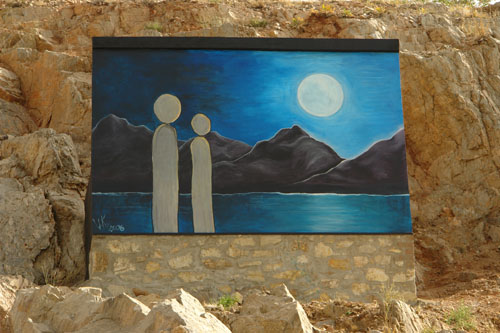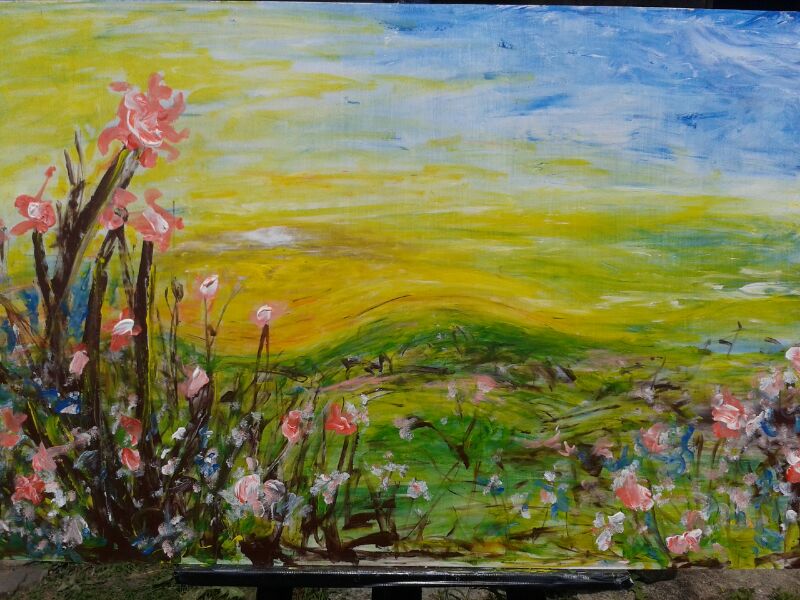How to paint with veggies, fruits and herbs
Monday, June 23rd, 2014Use fresh herbs like parsley to create clouds, and back lighting. It is best to use it in bunch and dip the bunch in color of your choice.
In order to get a professional look, always use wood panels to work on.
Carrots are great to work with because they can be cut diganolly and vertically. Thus giving one the ability to cut and slice them as required. Use carrots when painting tree trunks and branches.
Celery is also good to paint lines.
Mushrooms are good for creating round surfaces. They also come in different sizes.
Mushrooms can sometime leave black marks if used with lighter colors. So be sure to test it out.
Broccoli is good to use for getting a dotted effect. It can be used to create leaves on a tree or small flowers in a field.
Fruits like apricot and apple have harder interior and same density as potatoes. Therefore they can be cut and sliced in desired way to draw with.
Potatoes are good for blending two colors on the panel.
Always use water based colors such as acrylic or quash or water color to work with.
In the beginning it will be awkward working with fresh ingredients to paint. But give it some time, practice with different veggies and find your comfort zone.
Ofcourse there are disadvantages and advantages to every technique. And it took me many months of practice to figure out how to achieve certain lines and affects.
I figured out this technique accidentally as I was peeling an orange one day.
Below is an example of work I painted for a charity event for Shumei, a japanese non profit. It is painted with carrots, mushrooms, broccoli, zuccini and lettuce.





